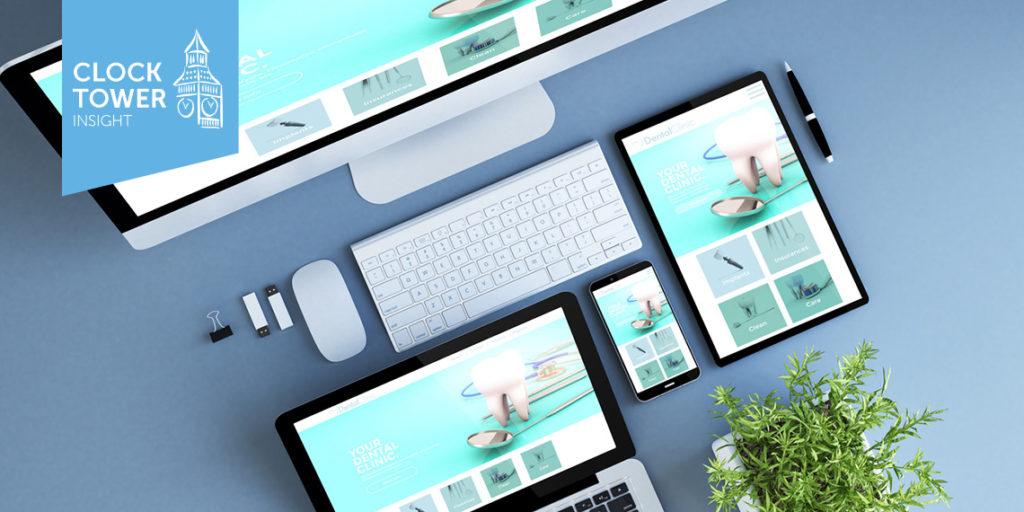Everyone’s talking about landing pages, and how important they are to driving revenue in your business, but how exactly do you put it to use? What is it really supposed to do?
What is a Landing Page?
To make it simple, a landing page is any webpage that someone can “land” on. For our purposes, a landing page refers to a specific standalone page with a single laser-focused objective. It’s not a regular, general portion of your usual webpage. It’s meant to receive traffic from a specific campaign. The sole purpose of your landing page is to get someone to click through to another page (like a registration page or e-commerce funnel) or to generate a lead by using a short form to collect data.
You’re looking to encourage your visitors to complete a specific action.
Consider Your Audience
Before you begin to sketch out your landing page design or start to put your content together, you have to very clearly define the purpose of your landing page. Who is your audience? Are you looking to gather new leads, promote a webinar or e-book, create a central place for sign ups, etc.
Sit back and ask yourself a series of questions:
- What is the benefit of the landing page for your business?
- What is the benefit of the landing page for your visitors?
- Who is the landing page meant for?
- How often should you update the page?
- What is your offer?
Formula For a Successful Landing Page
A landing page should be relatively simple, easy to understand, and have a clear message. In order to help you meet that end, there are a few basic components that must be included.
Top Page Headline
This usually is the first section a visitor sees, since they’re typically large. It’s vital that you explain what you’re offering and what the page is all about. Your visitors need to know at a glance what problem you solve and why they should care about it, but you only have a few seconds.
One Very Clear Call to Action
Your whole landing page should be focused around your call to action; build your whole page around it. Make sure that call to action is very easy to notice, whether you’re using a subscribe box, a buy button, or a form they can fill out. It should be more than just easy to find, it should be visible on their screen when they view your page.
Clear Subheadlines
Use your subheadlines to emphasize your message as you explain to your visitor what your product is all about. You want to put the same attention into these as you do into your main headline because you want your visitors to keep reading on. They need to stay completely engaged until they’re positive that it is your product they want for sure!
Page Content
Your main headline should say it all, so your page content should all back that up. Be sure you list the benefits of your product, not just the ones you’re proudest of.
Create your content with your average visitor in mind. Tell your story to your viewers. Build their trust by showing them pain points they have and how you can solve them. Look at it from their point of view. Will they be interested in the features you offer, or how these features will benefit them?
Keep your most important content at the top of the page together with bullet points. Most visitors in the beginning tend to scan a page and you need to grab their attention to get them interested enough to read further.
Break your paragraphs up every few sentences and use bullet points or numbered lists as much as possible to keep it from looking too cluttered.
Images and Videos
Use images and videos to capture your audience’s attention. Images explain more than words can. That’s why infographics are so popular. They bring text together with images that require little to no explanation.
Provide Security
Consider your customer’s anxiety over sharing their personal information with you. What is it that gives them that anxiety? They’re constantly bombarded with spam, scams, and bothered by sales people. They need to understand that this isn’t the case here. You can build their trust in you by giving them some peace of mind.
Show them that your branding and high quality design are top notch. Offer testimonials from grateful clients or popular people in your industry.
Also offer a money-back guarantee, third-party security certification like an SSL certificate, or a guarantee seal.
Say Thank You
Don’t forget to include a thank you page once your visitor has completed your call to action. It doesn’t need to be anything elaborate, just a way to say a simple thanks by offering a neat freebie or directing them to related information on your site they may be interested in.
Once you’ve constructed the perfect landing page, let Clock Tower Insight help you ensure it’s doing what it’s supposed to do.

